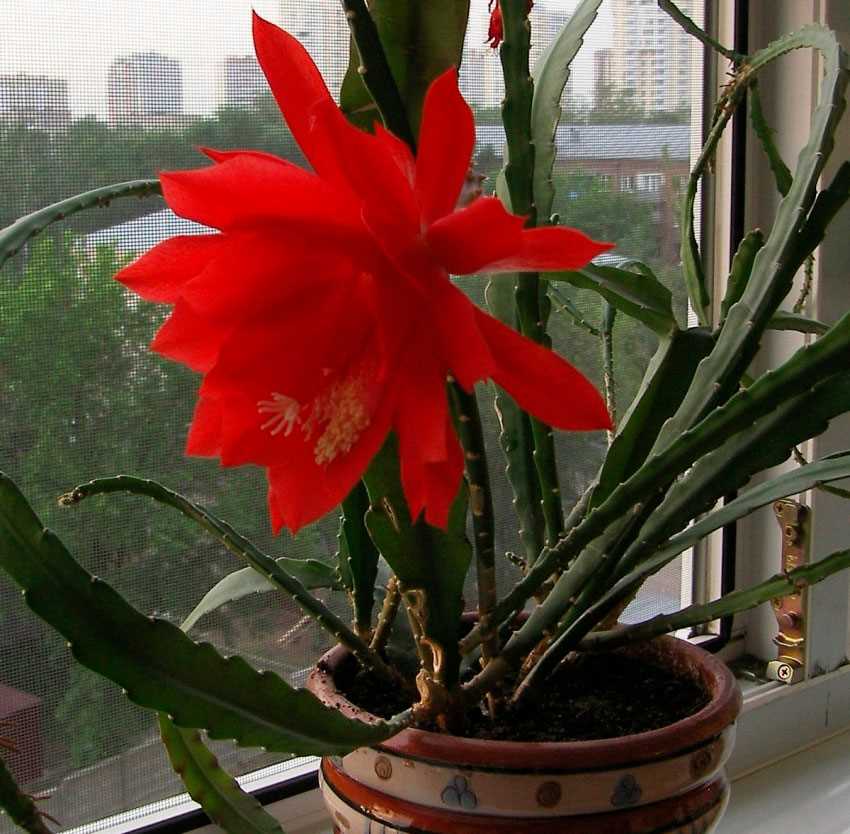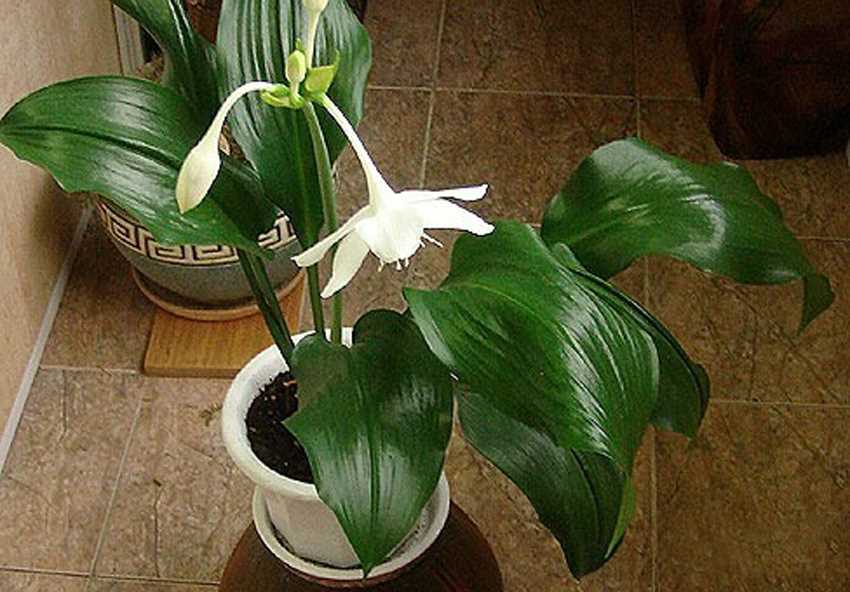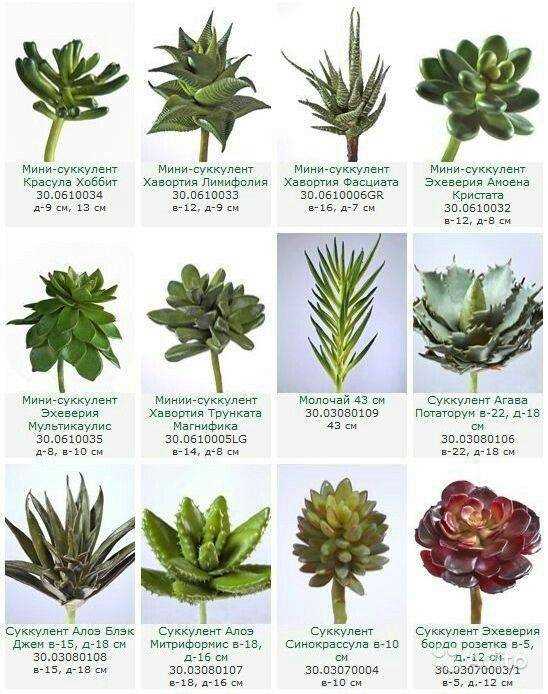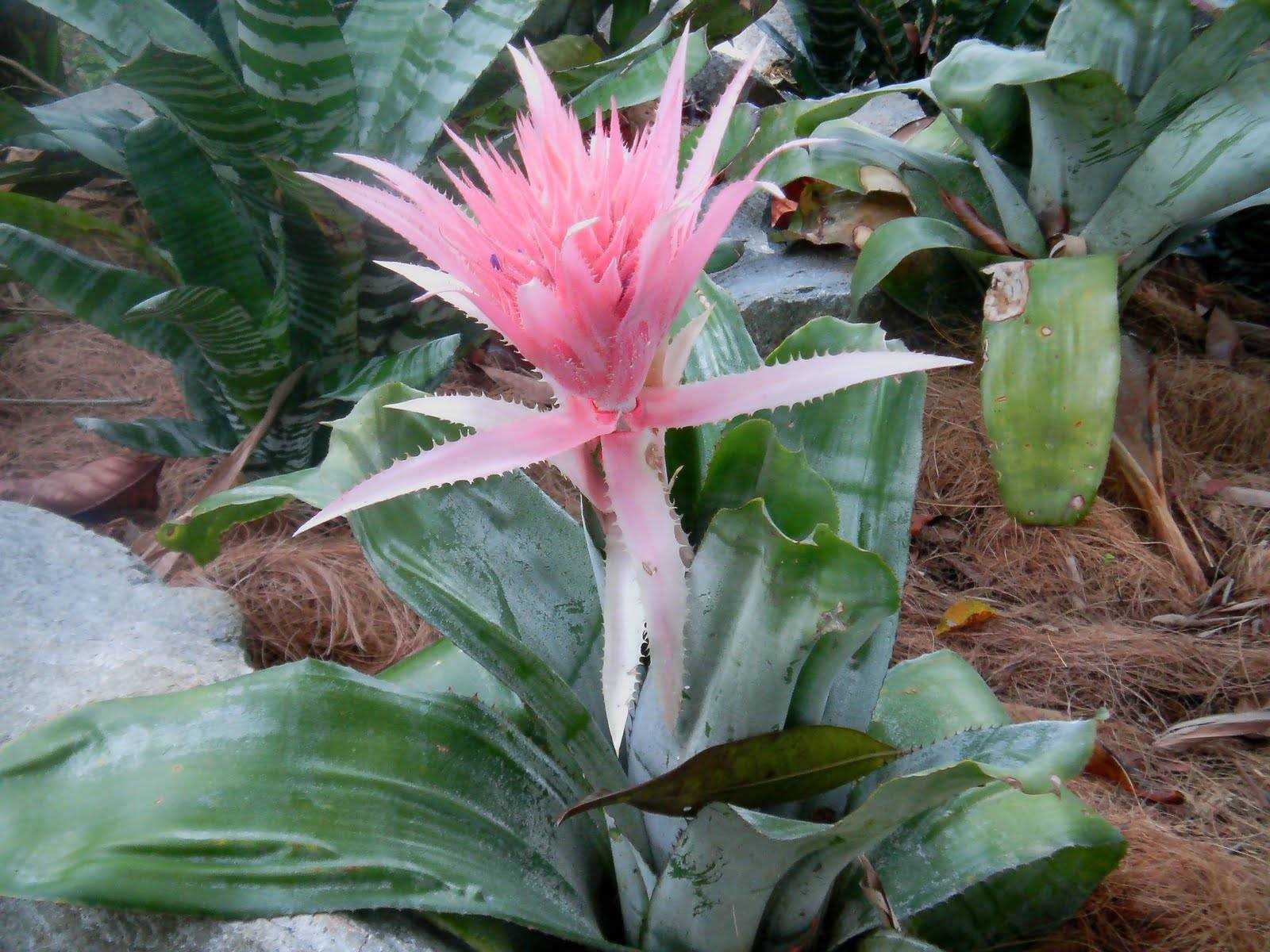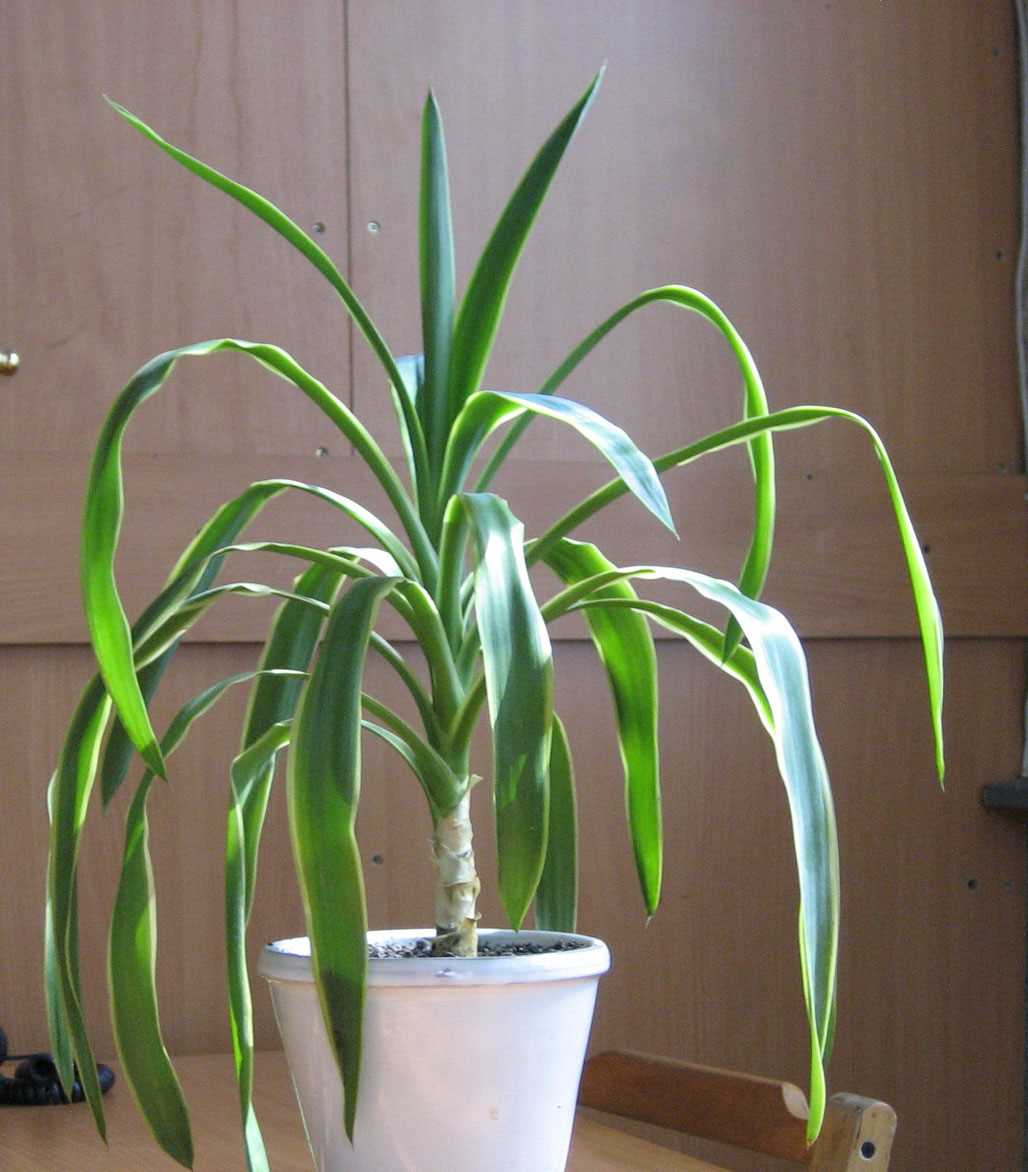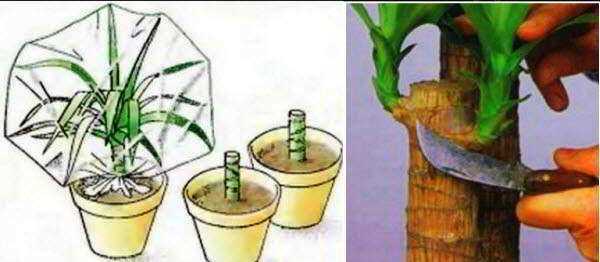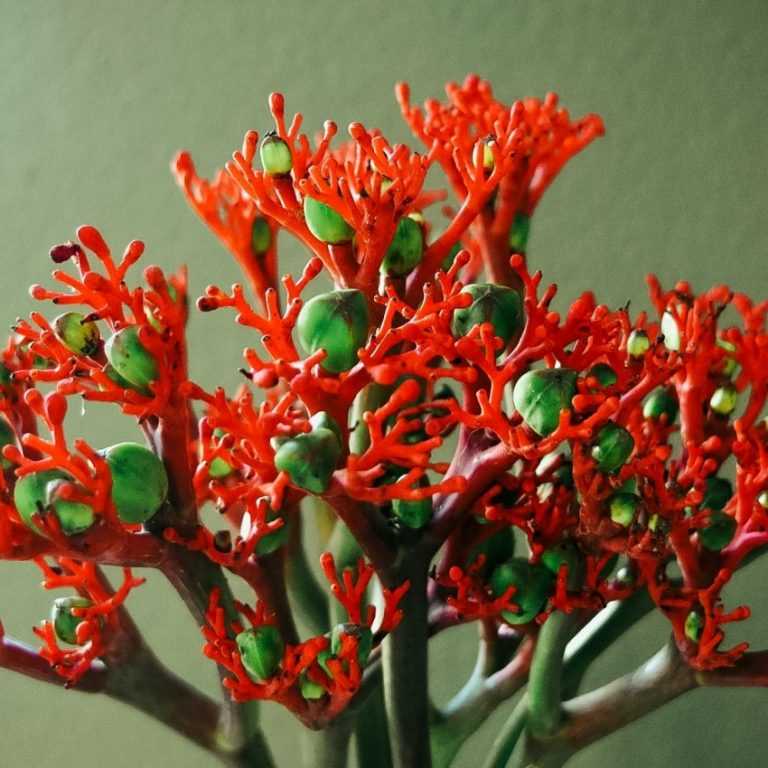- Выбор места для пересадки перескии
- Световой режим
- Температурный режим
- Влажность воздуха
- Основные принципы выбора
- Подготовка грунта для пересадки
- Улучшение дренажа
- Выбор плодородного грунта
- Правильное уплотнение грунта
- Правильный выбор горшка
- Материал горшка
- Размер горшка
- Полив и увлажнение перескии
- Способы полива перескии
- Увлажнение воздуха
- Освещение и температура для перескии
- Рекомендации по освещению
- Рекомендации по температуре
- Правила орошения перескии
- 1. Регулярность орошения
- 2. Правильный способ полива
- 3. Контроль за влажностью воздуха
- Подкормка и удобрения для перескии
- Важность правильной подкормки перескии
- Органические удобрения для перескии
- Минеральные удобрения для перескии
- График подкормки перескии
- Прищипка и формирование перескии
- Прищипка
- Формирование
- Защита перескии от вредителей
- 1. Предупреждение вредителей.
- 2. Создание неблагоприятных условий для вредителей.
- Период покоя перескии
- Воспроизведение перескии
- 1. Разделение клубней
- 2. Посадка отводков
- 3. Выращивание черенками
- Пересадка перескии
- Процесс пересадки перескии
- Периодичность пересадки
- Вопрос-ответ:
- Какую температуру нужно поддерживать для перескии?
- Как часто нужно поливать перескию?
- Какую почву использовать для перескии?
- Как досрочно получить плоды перескии?
Переския — красивое и необычное растение, которое стало популярным среди садоводов благодаря своей яркой и насыщенной листве. Она имеет нежные и гибкие стебли, которые могут быть красного, зеленого или желтого цвета, в зависимости от сорта растения. Помимо этого, переския удивляет своей необычной формой листьев: они напоминают сердце или каплю, что делает ее еще больше привлекательной для садоводов.
Уход за перескией в домашних условиях не представляет сложностей. Растение относительно неприхотливо и может приспособиться к разным условиям. Однако, чтобы переския радовала вас своей красотой и здоровьем, необходимо знать некоторые правила ухода. Во-первых, переския нуждается в ярком, но рассеянном свете. Поставьте растение на окно, смотрящее на восток или запад, чтобы оно получало достаточно света, но при этом не подвергалось прямым солнечным лучам.
Во-вторых, переския требует регулярного полива. Поддерживайте постоянную влажность почвы, но не допускайте застоя воды в горшке. Важно следить, чтобы вода не попадала на листья растения, так как это может привести к их загниванию. Кроме того, переския будет благодарна за опрыскивание водой из распылителя, особенно в жаркий сезон. Это поможет поддерживать оптимальный уровень влажности и охладит листья в жару.
Выбор места для пересадки перескии
Пересадка перескии — ответственный и важный этап ухода за растением. От выбора места для пересадки зависит дальнейшее развитие и здоровье растения. При выборе места следует учитывать ряд факторов.
Световой режим
Переския предпочитает яркий, разбросанный свет. Поэтому для пересадки рекомендуется выбирать место, где растение будет получать достаточное количество света, но не будет подвержено прямому солнечному освещению. Лучше всего выбрать окна, которые выходят на восток или запад.
Температурный режим
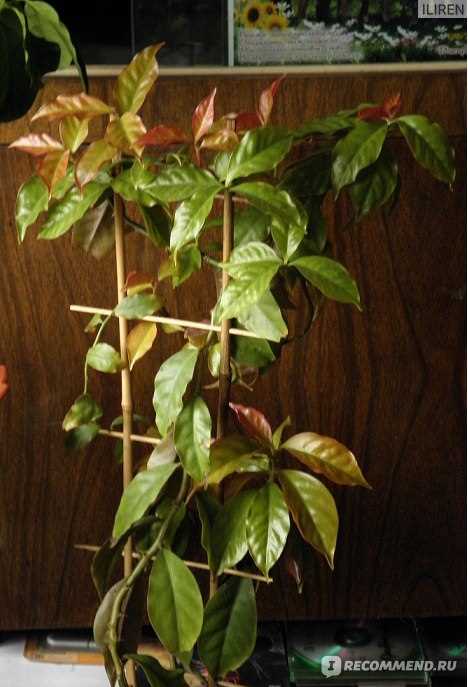
Переския комфортно чувствует себя при температуре воздуха от +18 до +25 градусов Цельсия. Поэтому важно выбрать место, где температура не будет сильно меняться. Желательно избегать сквозняков и резких перепадов температуры.
Влажность воздуха
Переския относительно неприхотлива к влажности воздуха, но предпочитает среднюю влажность. Поэтому можно разместить растение в любом помещении, где не будет слишком сухого или слишком влажного воздуха.
Оптимально выбирать места вдали от классических источников пересушивания воздуха и быстрой затяжки близко пролетающими автомобилями частиц топлив, как, например, места ближе к окнам улиц. Для повышения влажности воздуха можно использовать увлажнители или чаще опрыскивать листву влагой.
Основные принципы выбора
В целом, при выборе места для пересадки перескии, необходимо ориентироваться на условия, близкие к условиям ее прежнего содержания. Также необходимо учитывать особенности каждого конкретного растения и растительные предпочтения.
Подготовка грунта для пересадки
Пересадка перескии – важный этап в ее развитии. Для успешной пересадки необходимо правильно подготовить грунт, в котором будет расти растение.
Улучшение дренажа
Переская предпочитает влажные, но не залитые грунты. Поэтому перед пересадкой рекомендуется улучшить дренаж. Для этого в дно горшка следует положить слой грубого песка или керамзита, который улучшит отток лишней влаги.
Выбор плодородного грунта
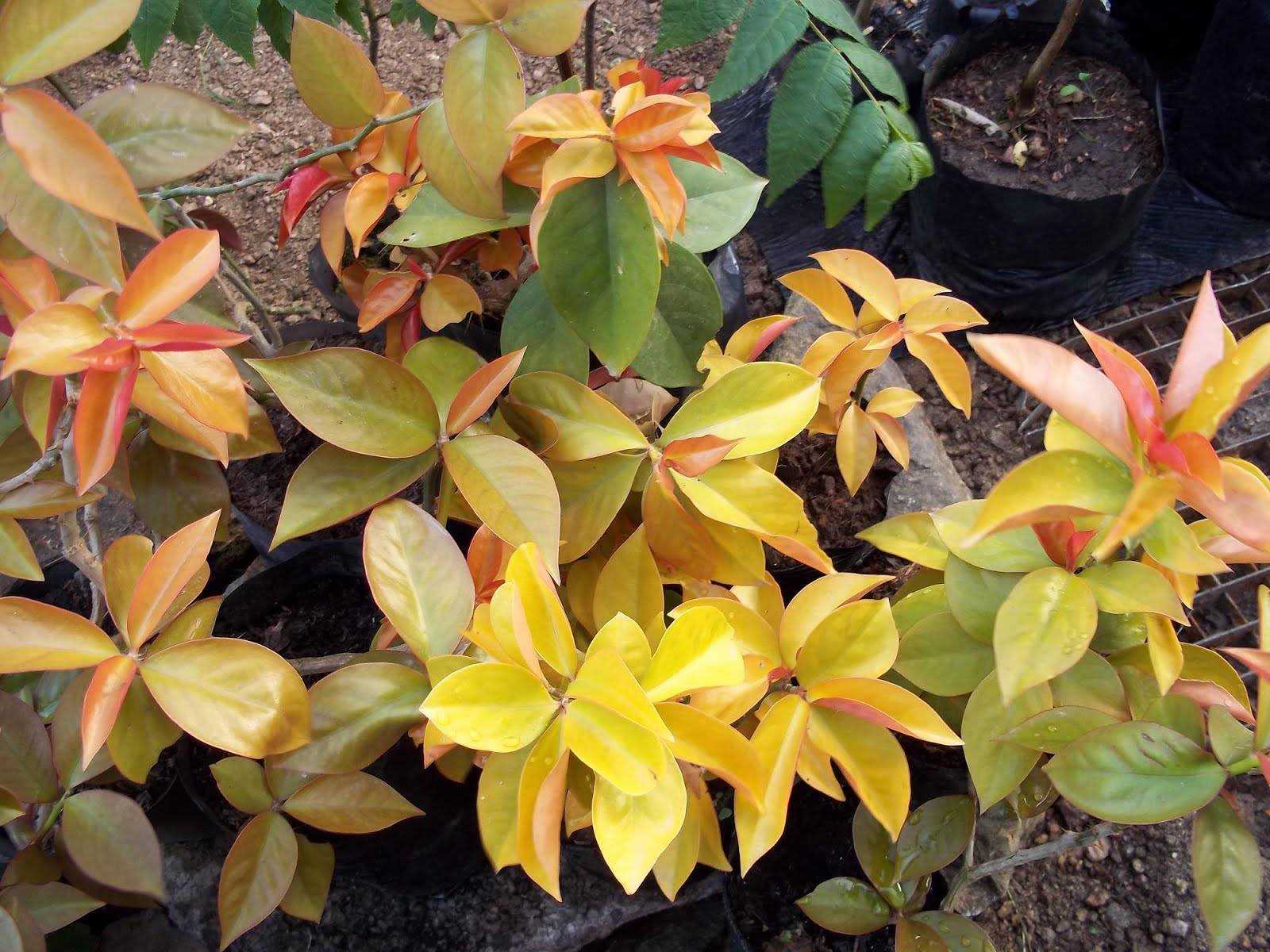
При выборе грунта для пересадки следует отдать предпочтение плодородным смесям. Хорошим вариантом является смесь из садового грунта, торфа и песка. Такая смесь обеспечит хорошее питание растения и отличную воздухопроницаемость.
Также можно приобрести готовую почву для кактусов и суккулентов, которая уже имеет оптимальный состав для перескии.
Правильное уплотнение грунта
После пересадки перескии в новую почву необходимо уплотнить грунт вокруг корня, чтобы обеспечить растению надежную опору. Важно не переборщить с уплотнением, чтобы не повредить корни. Для этого можно слегка прижать грунт пальцами или использовать ложку.
Важно помнить, что подготовка грунта для пересадки перескии – это залог здоровья и красоты растения. Правильно подобранный грунт обеспечит корням необходимые условия для развития, а богатство минералов позволит переске сиять яркими цветами.
Правильный выбор горшка
Правильный выбор горшка является важным этапом ухода за перескией в домашних условиях. От выбранного горшка зависит не только эстетическая составляющая, но и здоровье растения.
Материал горшка
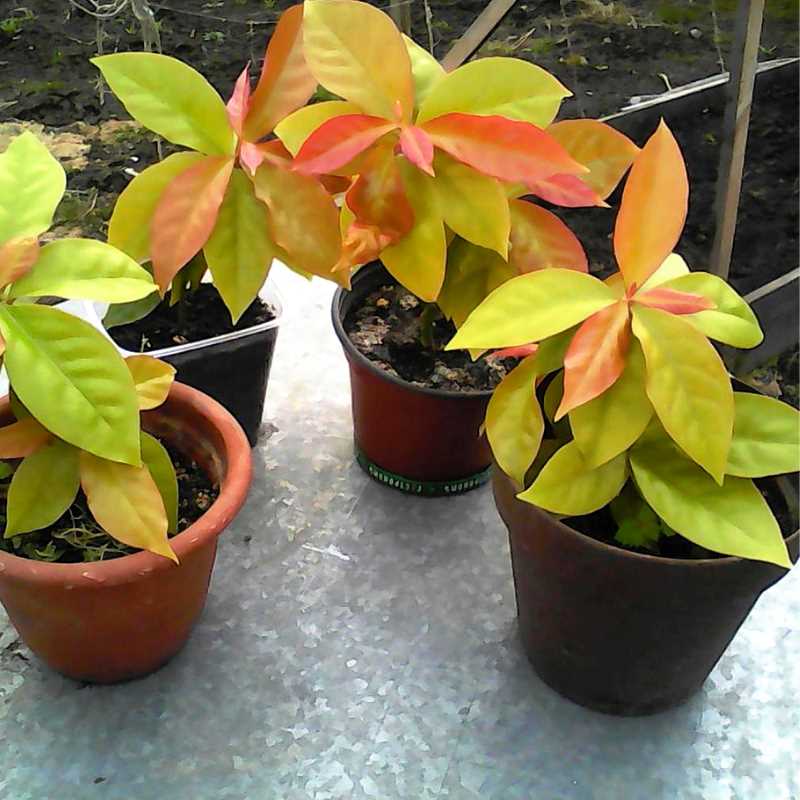
Один из ключевых аспектов при выборе горшка — это материал, из которого он изготовлен. Оптимальным вариантом являются глиняные горшки, так как они обеспечивают хорошую вентиляцию корневой системы растения. Керамические горшки также являются популярным выбором, однако они обладают недостатком впитывания влаги. Пластиковые горшки не рекомендуется использовать, так как они не обеспечивают вентиляцию и могут вызвать гнитье корней.
Размер горшка
Важным параметром при выборе горшка является его размер. Горшок должен быть достаточно вместительным, чтобы обеспечить свободный рост корней перескии. Однако слишком большой горшок может привести к избыточному увлажнению субстрата и возникновению гнили. Лучше выбирать горшки с запасом в несколько размеров больше, чтобы растение могло расти и развиваться без ограничений.
Необходимо также учесть форму горшка. Она должна быть стабильной и обеспечивать устойчивость растения. Для крупных и высоких сортов перескии предпочтительны горшки с широким основанием. Маленькие и компактные сорта лучше растут в горшках маленького размера.
Важно помнить, что горшок перескии должен обладать отверстием для стока лишней влаги. Это позволит избежать залегания воды в грунте и проблем с корневой системой растения.
Грамотный выбор горшка — это первый шаг к успешному выращиванию перескии в домашних условиях. Он обеспечит комфортные условия для корней растения и способствует его здоровому росту и развитию.
Полив и увлажнение перескии
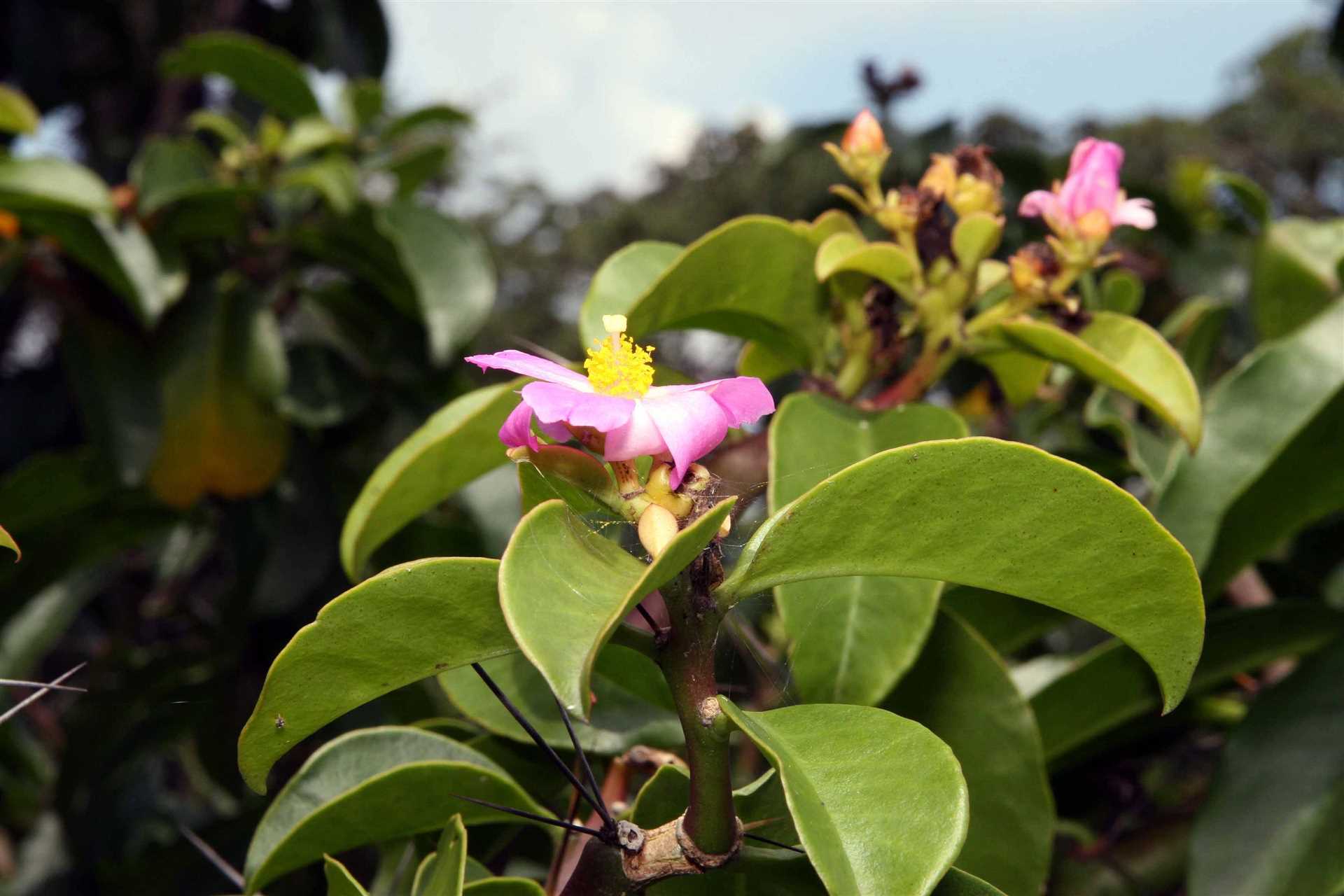
У перескии требуется регулярный полив для поддержания оптимального уровня влажности почвы. Это особенно важно в период активного роста растения, когда оно активно поглощает воду и питательные вещества. Чтобы определить, когда необходимо поливать перескию, достаточно внимательно следить за состоянием верхнего слоя почвы. Если он просыхает на глубину около 2-3 см, значит, растению необходимо поливать.
Однако важно помнить, что пересушивание почвы может привести к повреждению корневой системы растения, а повышенная влажность может стимулировать развитие грибковых заболеваний. Поэтому важно поддерживать умеренный уровень влажности почвы.
Способы полива перескии
Существует несколько способов полива перескии. Один из самых распространенных способов — это поливание снизу. Для этого растение размещают в поддон с водой на некоторое время, чтобы корни имели возможность поглотить необходимое количество влаги.
Кроме того, можно орошать перескию из распылителя или наливать воду прямо в горшок, учитывая, чтобы она не попадала на листья и цветки растения. Это поможет предотвратить возникновение гнили и грибковых инфекций.
Увлажнение воздуха
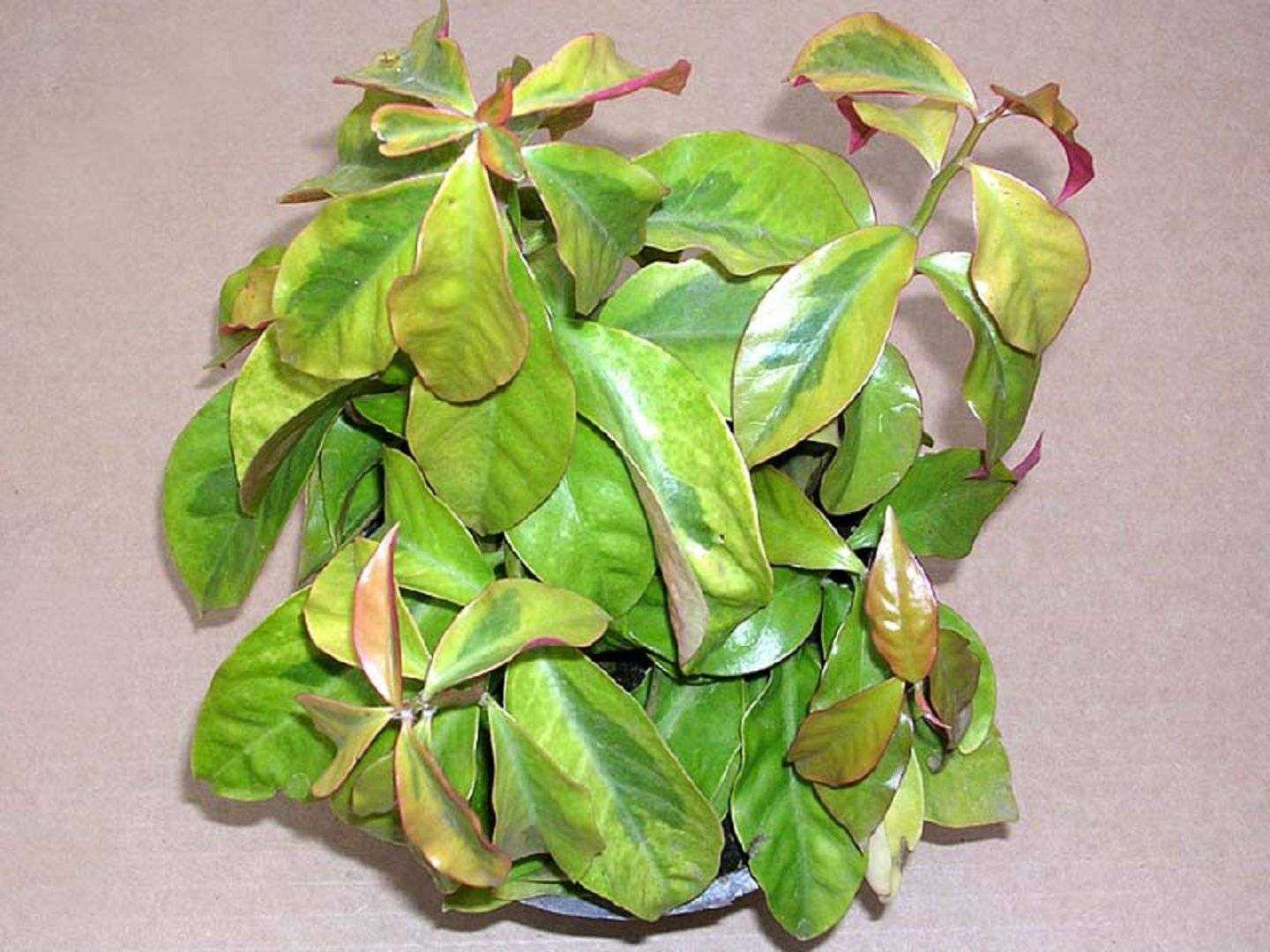
У перескии очень ценится влажный воздух, поэтому рекомендуется регулярно увлажнять воздух вокруг растения. Для этого можно использовать специальные увлажнители или просто распылять воду вокруг растения при помощи аэрозоля или распылителя.
Также можно сделать простой увлажнитель воздуха, разместив немного влажной глины или камешков перед горшком с перескией. Вода будет испаряться, увлажняя окружающий воздух и создавая комфортные условия для роста растения.
Освещение и температура для перескии
Переския является растением, которое требует яркого освещения для нормального роста и развития. Оно предпочитает размещение в помещении с окнами на южной или восточной стороне, где есть достаточно солнечного света. Однако следует избегать прямых лучей солнца, которые могут привести к ожогам листьев.
Температурный режим для перескии также играет важную роль в ее успешном выращивании. Оптимальная температура для этого растения составляет 18-24 градусов Цельсия днем и 15-18 градусов Цельсия ночью. Оно может выдержать температуры до 10 градусов Цельсия, но лучше избегать резких перепадов температур, чтобы не повредить перескию.
Для обеспечения оптимальных условий освещения и температуры для перескии, можно использовать различные методы. Например, можно установить дополнительные искусственные источники освещения, такие как фитолампы или светодиодные лампы. Это поможет создать необходимую яркость и продолжительность светового дня для растения.
Рекомендации по освещению
- Выбирайте помещение с окнами на южной или восточной стороне.
- Избегайте прямых лучей солнца, чтобы не повредить растение.
- Дополнительно используйте искусственные источники освещения для создания оптимальных условий.
Рекомендации по температуре
- Дневная температура должна быть в диапазоне 18-24 градусов Цельсия.
- Ночная температура должна быть в диапазоне 15-18 градусов Цельсия.
- Избегайте резких перепадов температур, чтобы не повредить растение.
Следуя этим рекомендациям, вы сможете обеспечить перескии необходимое освещение и температуру для ее здорового и красивого роста в домашних условиях.
Правила орошения перескии
Орошение перескии является ключевым аспектом ее домашнего ухода. Следование определенным правилам поможет поддерживать здоровье растения и обеспечить его активное развитие.
1. Регулярность орошения
Переския нуждается в регулярном орошении, особенно в период активного роста. Крайне важно предотвращать пересыхание почвы, чтобы корни растения могли достаточно поглощать влагу и питательные вещества.
Совет: Установите регулярный график орошения, основываясь на погодных условиях и потребностях конкретного растения. Обычно достаточно поливать перескию 1-2 раза в неделю, соответственно увлажнение должно быть достаточным, но не избыточным.
2. Правильный способ полива
При орошении перескии рекомендуется стремиться к равномерному распределению влаги по всей поверхности почвы. Лучше поливать растение под корень, избегая попадания влаги на листья, особенно в солнечную погоду. Это поможет предотвратить ожоги и гниение листьев.
Совет: Используйте нежный режим полива, чтобы вода постепенно проникала в почву и равномерно увлажняла корневую систему перескии. Также рекомендуется использовать поддон или лоток для замерающей влаги.
3. Контроль за влажностью воздуха
Переския предпочитает высокую влажность воздуха. Особенно это актуально в теплый период года, когда в помещении, где находится растение, включают кондиционеры или вентиляцию. Низкая влажность воздуха может привести к пересыханию листьев и замедлению роста растения.
Так стоп!!! Вы всё ещё не подписаны на наши каналы в Телеграмм и Дзен? Посмотрите: ТГ - (@historyfantasydetectivechat) и Дзен (https://dzen.ru/myshortsstorys)
Совет: Производите орошение не только почвы, но и листьев перескии, чтобы увеличить влажность воздуха в окружающем пространстве. Также можно использовать специальные увлажнители или помещать растение рядом с емкостью с водой.
Подкормка и удобрения для перескии
Важность правильной подкормки перескии
Переския – растение, которое требует хорошего питания для того, чтобы успешно расти и развиваться. Подкормка играет важную роль в обеспечении перескии необходимыми питательными веществами. Корректное применение удобрений не только способствует здоровому росту и развитию растения, но и повышает его устойчивость к болезням и вредителям.
Органические удобрения для перескии
Органические удобрения являются самым предпочтительным вариантом для подкормки перескии. Натуральные органические удобрения предоставляют растению необходимый комплекс питательных веществ, способствуют улучшению почвы и создают благоприятную среду для роста корней. Переския положительно реагирует на органические удобрения, такие как компост, перегной, птичий помет и навоз, которые можно применять в виде подкормок или вносить в грунт в период посадки растения.
Минеральные удобрения для перескии
Помимо органических удобрений, перескию также можно подкармливать минеральными удобрениями. Для этого можно использовать различные комплексные удобрения, которые содержат все необходимые макро- и микроэлементы. Однако стоит быть осторожными с дозировкой минеральных удобрений, поскольку избыток питательных веществ может привести к переувлажнению почвы и ожогам растения. Раз в 2-3 недели достаточно подкормить перескию разведенным в воде комплексным удобрением, следуя инструкциям производителя.
График подкормки перескии
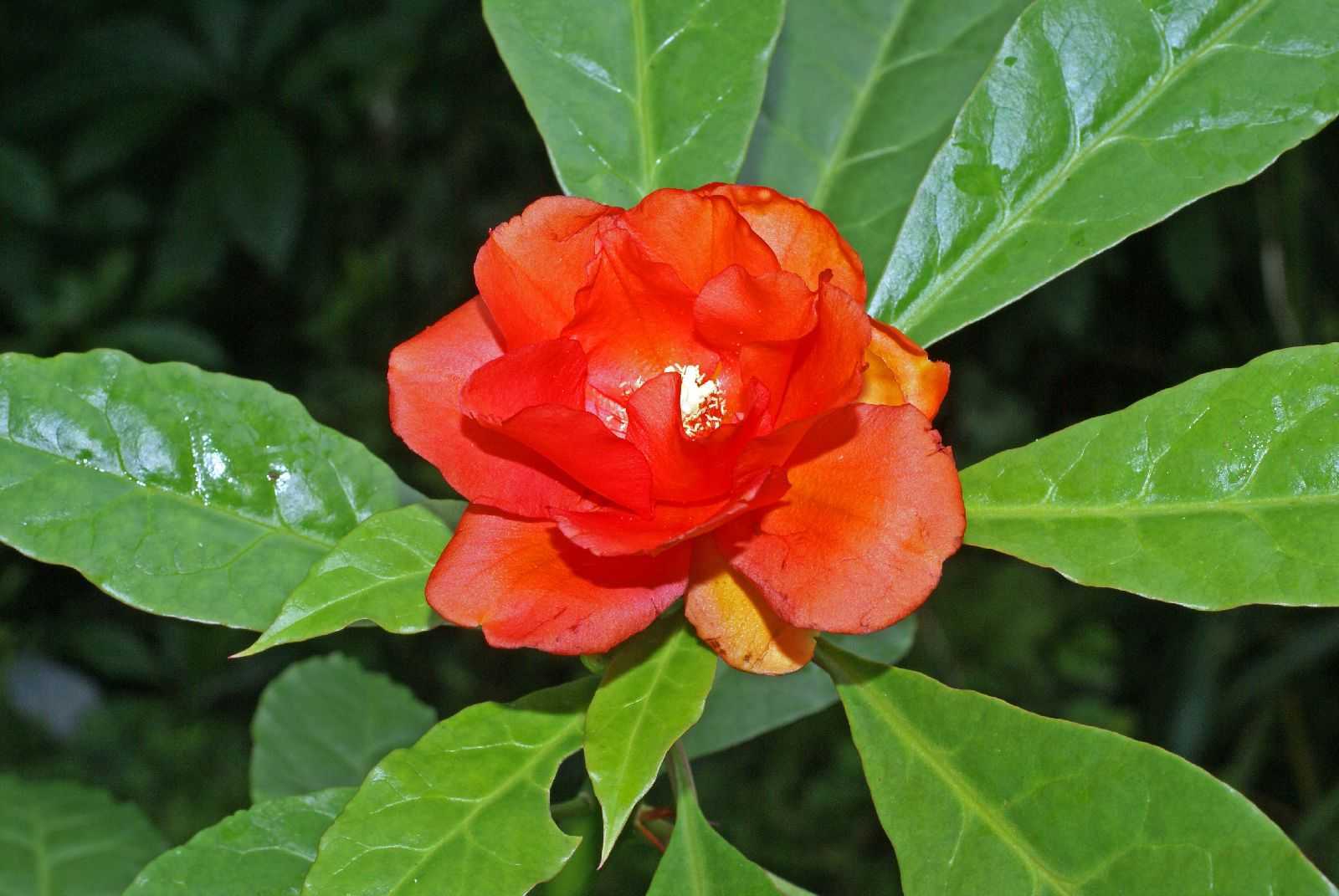
Периодическая подкормка перескии является неотъемлемой частью ее ухода. При правильной подкормке переския будет радовать вас своим здоровым видом и обильным цветением. Важно помнить, что первую подкормку растений следует провести весной после пересадки или пробуждения перескии после зимы. В дальнейшем подкормку можно проводить по необходимости, но не более одного раза в две-три недели.
В идеале, подкормка перескии должна сопровождаться поливом, чтобы питательные вещества равномерно распределились по почве. Учтите, что переския необходимо удобрять только в период активного роста, а зимой ни в коем случае нельзя использовать удобрения.
Прищипка и формирование перескии
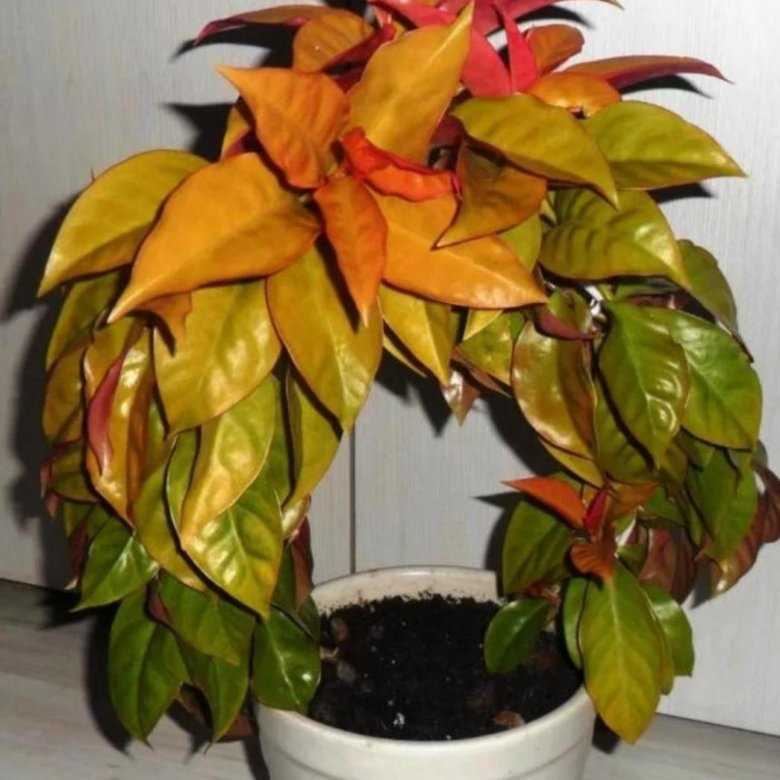
Переския является растением семейства Кактусовых, принадлежащим подсемейству Цереусы. Для того чтобы переския выглядела аккуратной и имела красивую форму, необходимо проводить процедуру прищипки и формирования.
Прищипка
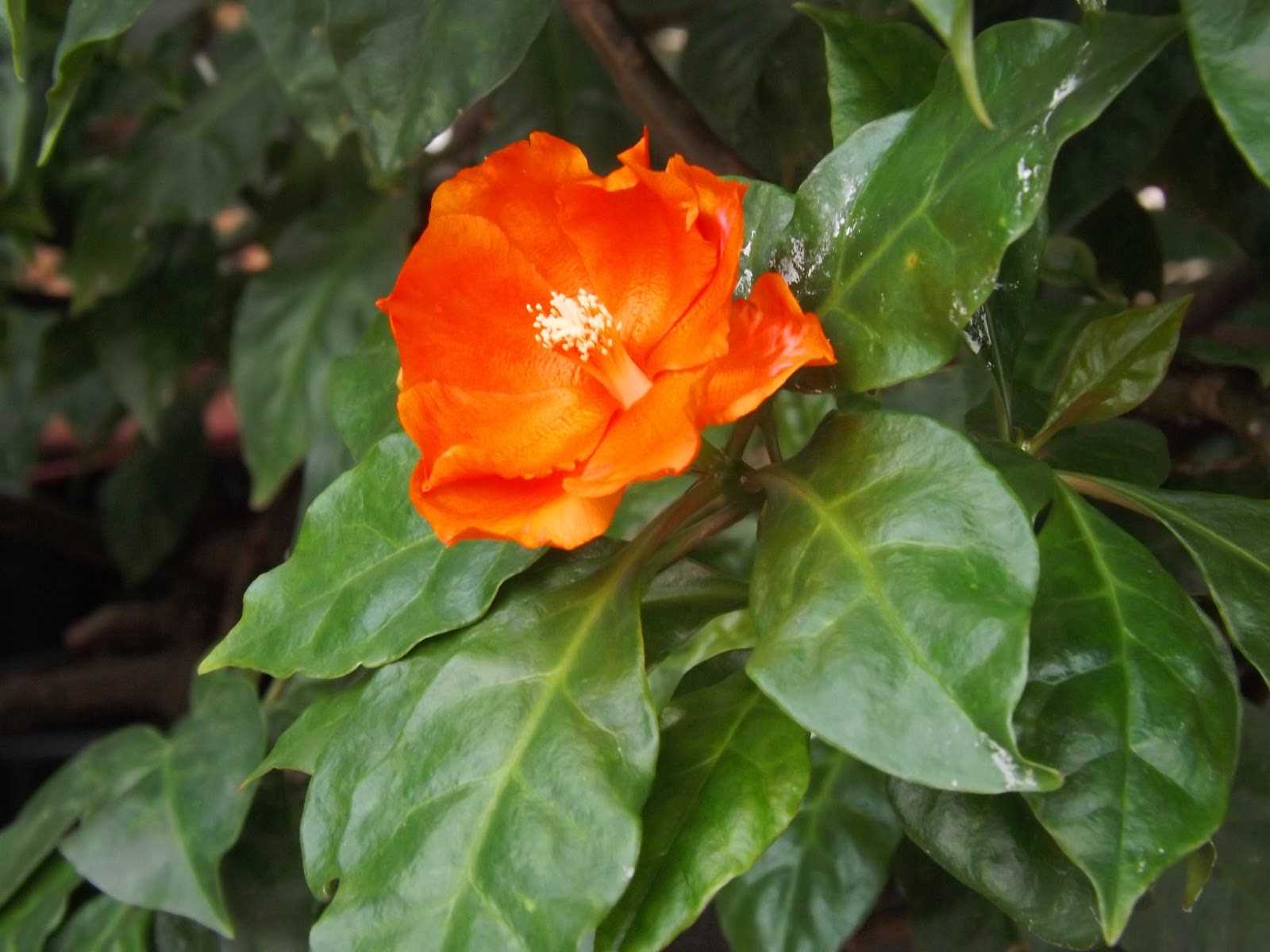
Прищипка — это процесс удаления верхней части растения с целью стимулирования бокового роста, что приводит к формированию пышной кроны. Перед проведением прищипки необходимо убедиться, что растение находится в активной фазе роста.
Для прищипки необходимо использовать острое садовое ножницы или специальные инструменты для обрезки растений. При проведении процедуры необходимо оставить небольшой побег, чтобы растение могло продолжить развиваться.
Важно: Прищипку необходимо проводить в середине или конце весны, когда переския находятся в активном росте.
Формирование
Формирование перескии — это процесс придания растению определенной формы или размера. Для формирования можно использовать различные методы, такие как обрезка, подвязка или использование опорных конструкций.
При формировании следует учитывать желаемую форму растения и его особенности роста. Например, если переския имеет тенденцию к вертикальному росту, можно использовать подвязку к опоре, чтобы растение сохраняло прямую форму. Если же необходимо создать каскадный эффект, можно проводить обрезку верхней части растения.
Формирование перескии обычно проводится в начале весны, когда растение активно растет и обновляется.
Защита перескии от вредителей
Переския — это эффектное и неприхотливое растение, однако оно может стать жертвой различных вредителей. Для того чтобы защитить перескию от вредных насекомых и болезней, необходимо принять ряд мер предосторожности.
1. Предупреждение вредителей.
Для борьбы с вредителями можно применять различные методы. Например, можно использовать биологические препараты, которые содержат полезных живых организмов, способных уничтожить вредных насекомых без вреда для растения.
Также следует регулярно осматривать растение и удалять пораженные листья и цветы. При обнаружении пятен или гнили на листьях следует принять меры, чтобы предотвратить распространение болезни.
2. Создание неблагоприятных условий для вредителей.
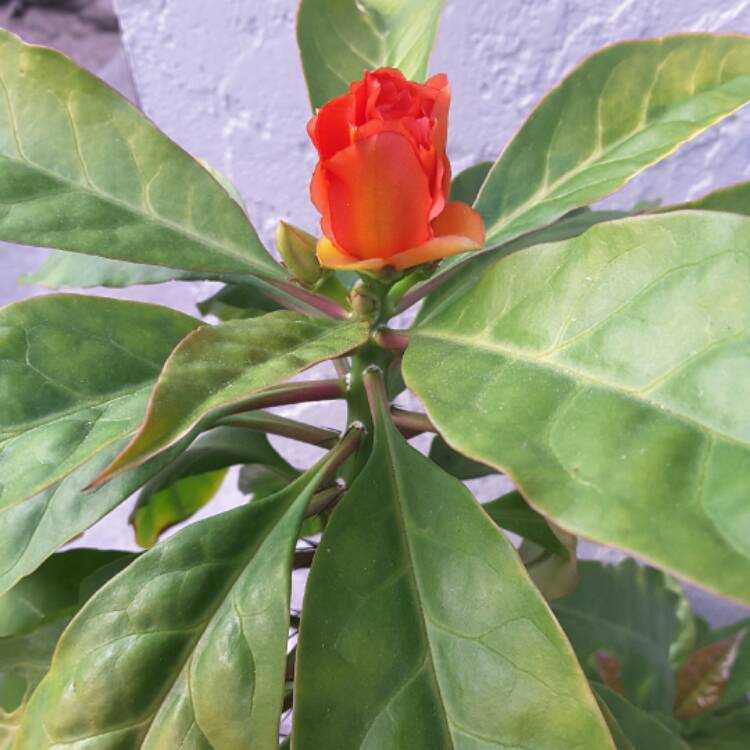
Некоторые вредители не выносят определенных условий, поэтому можно создать неблагоприятную среду для их развития. Например, перескию можно поливать отваром чеснока, который отпугивает вредителей своим запахом.
Также можно использовать препараты на основе натуральных ингредиентов, которые создают защитный слой на поверхности листьев, предотвращая появление вредителей.
Следуя этим рекомендациям, можно обеспечить долгую и здоровую жизнь перескии, защитив ее от вредителей и болезней.
Период покоя перескии
Переския, растение семейства лилейных, как и многие другие растения, имеет периоды активного роста и покоя. Период покоя перескии наступает осенью и продолжается в течение зимы, когда длина светового дня сокращается и температура окружающей среды снижается.
В этот период покоя переския не нуждается в таком активном уходе, как во время своего роста. Однако, необходимо обеспечить растению оптимальные условия для сохранения его жизнедеятельности. Во время покоя растение нуждается в ограниченном поливе, чтобы не перегрузить корни влагой. Также рекомендуется не использовать удобрения в этот период, чтобы не стимулировать рост перескии.
Проветривание помещения, в котором находится переския, также важно в период покоя. Чтобы предотвратить загнивание корней, необходимо обеспечить хорошую циркуляцию воздуха через проветривание помещения и предотвращение скопления влаги.
Уход за листьями в период покоя может также потребовать особого внимания. Лишние или поврежденные листья нужно удалить, чтобы обеспечить растению оптимальные условия роста и развития. Также можно провести обработку перескии от возможных вредителей и заболеваний.
Таким образом, период покоя перескии является не менее важным, чем период активного роста. С правильным уходом и соблюдением оптимальных условий, можно обеспечить растению здоровое и сильное состояние, чтобы оно радовало своим красивым видом и цветением в следующем сезоне.
Воспроизведение перескии
Переския — это растение, которое можно удачно выращивать в домашних условиях. Для воспроизведения перескии можно использовать несколько способов.
1. Разделение клубней
Один из самых простых способов воспроизведения перескии — это разделение клубней. Для этого нужно выбрать зрелый клубень, внимательно изучить его состояние и аккуратно делить его на несколько частей. Каждую часть клубня нужно сажать отдельно в горшок с питательной почвой.
2. Посадка отводков
Другой способ воспроизведения перескии — через отводки. Для этого нужно выбрать зрелый побег, аккуратно отделить его от растения, удалить нижние листья и посадить отводок во влажную почву. Через некоторое время отводок начнет развиваться и образует новое растение.
3. Выращивание черенками
Третий способ воспроизведения перескии — через черенки. Для этого нужно отрезать здоровый черенок со зрелыми почками, убрать нижние листья и посадить его в грунт. Важно поддерживать оптимальную влажность и температуру, чтобы черенок коренился успешно.
В любом случае, для воспроизведения перескии необходимо обеспечить растению подходящие условия: хорошее освещение, регулярный полив и умеренную влажность. Следуя этим рекомендациям, вы сможете успешно размножить перескию и получить новые растения.
Пересадка перескии
Пересадка перескии – это процесс перемещения растения из одного горшка в другой с целью обновить субстрат и обеспечить оптимальные условия для роста и развития. Пересадка требуется, когда корни уже плотно заполнили текущий горшок и нуждаются в дополнительном пространстве для развития.
Перед началом пересадки необходимо подготовить новый горшок, который должен быть немного больше предыдущего, чтобы дать корням достаточно места для роста. Кроме того, следует обеспечить хорошую дренажную систему для удаления излишней влаги.
Процесс пересадки перескии
Перед пересадкой рекомендуется полить растение, чтобы помочь ему легче оторваться от горшка и уменьшить стресс. Затем нужно аккуратно удалить растение из старого горшка, осторожно отделить корни от субстрата и осмотреть их на наличие повреждений или гнили.
После осмотра корней следует поместить перескию в новый горшок, добавить свежий субстрат и аккуратно затрамбовать его вокруг корней. Важно не переборщить с затрамбовкой, чтобы не повредить корни. После пересадки растение следует хорошо полить и оставить на несколько дней в тени, чтобы оно могло прижиться и адаптироваться к новым условиям.
Периодичность пересадки
Периодичность пересадки перескии зависит от ее роста и развития. Обычно достаточно проводить пересадку раз в 1-2 года. Если растение активно растет и заполнило горшок корнями, то пересадку следует делать чаще – каждый год или даже полугодие. Не стоит пересаживать перескию слишком часто, так как это может вызвать стресс и з verush развитием растения. Необходимо также обратить внимание на сезон – лучше пересаживать перескию весной или осенью, когда она активно растет и меньше подвержена стрессу.
Вопрос-ответ:
Какую температуру нужно поддерживать для перескии?
Переския предпочитает теплый климат, температура воздуха должна быть в пределах 18-25 градусов Цельсия. Важно избегать резких перепадов температуры.
Как часто нужно поливать перескию?
Переския нуждается в регулярном поливе. Частота полива зависит от условий выращивания и времени года. В летний период необходимо поливать растение 2-3 раза в неделю, а зимой можно уменьшить частоту поливов до 1 раза в неделю.
Какую почву использовать для перескии?
Переския требует плодородной почвы с хорошей влагоудерживающей способностью. Рекомендуется использовать смесь из песка, перегноя и торфа.
Как досрочно получить плоды перескии?
Для досрочного получения плодов перескии можно применить метод искусственного опыления. Для этого необходимо использовать мягкую кисточку или ватный тампон для переноса пыльцы с одного цветка на другой.

